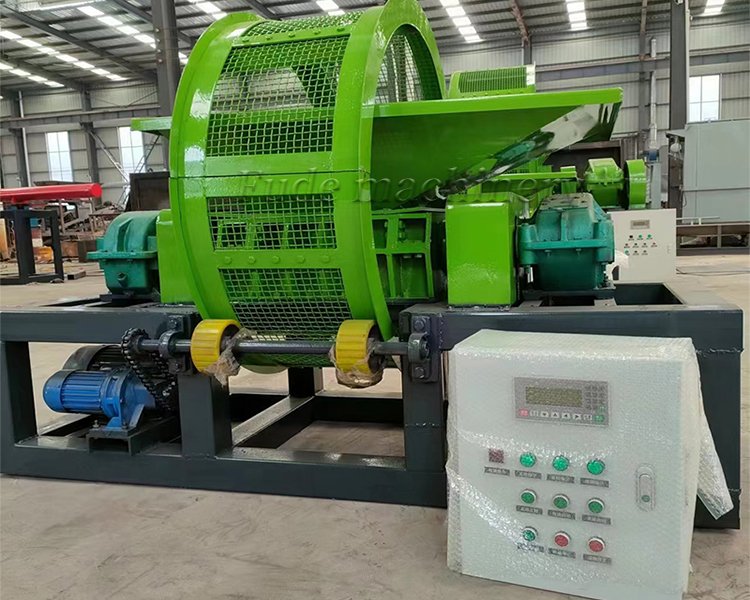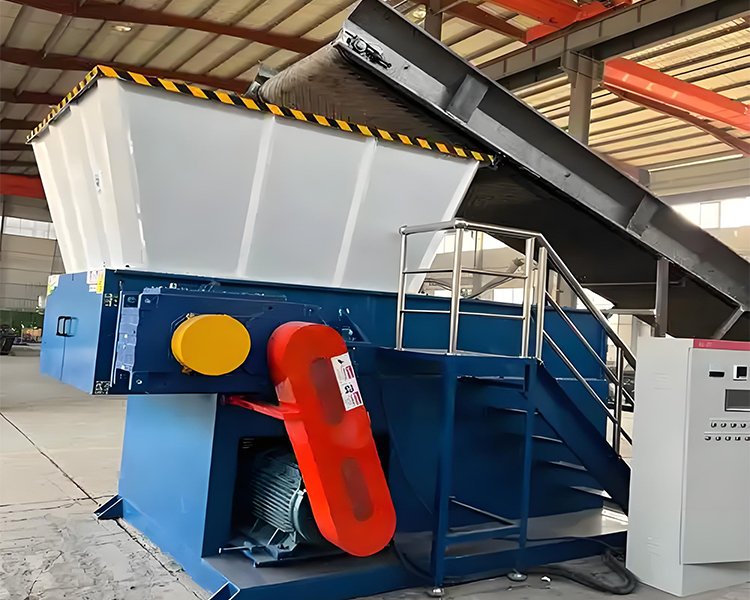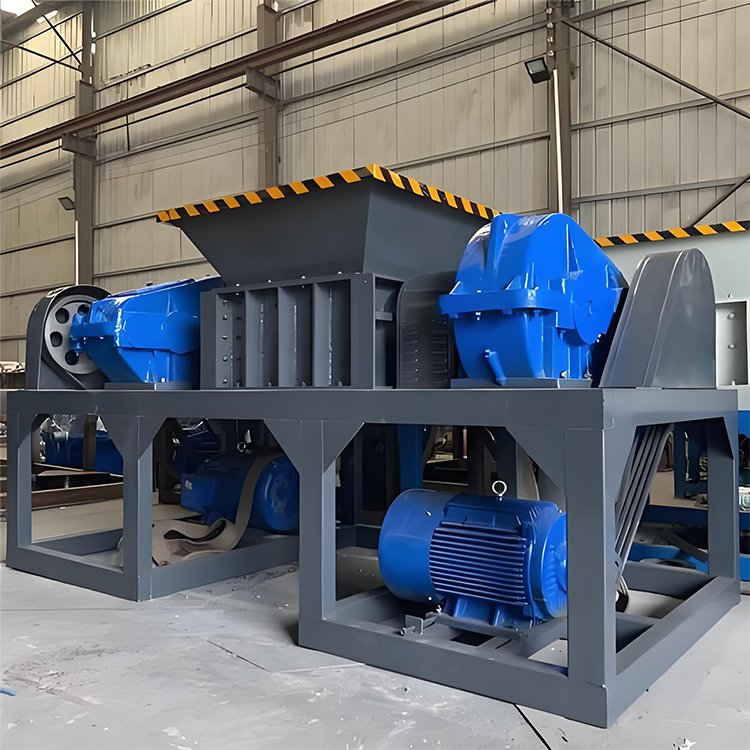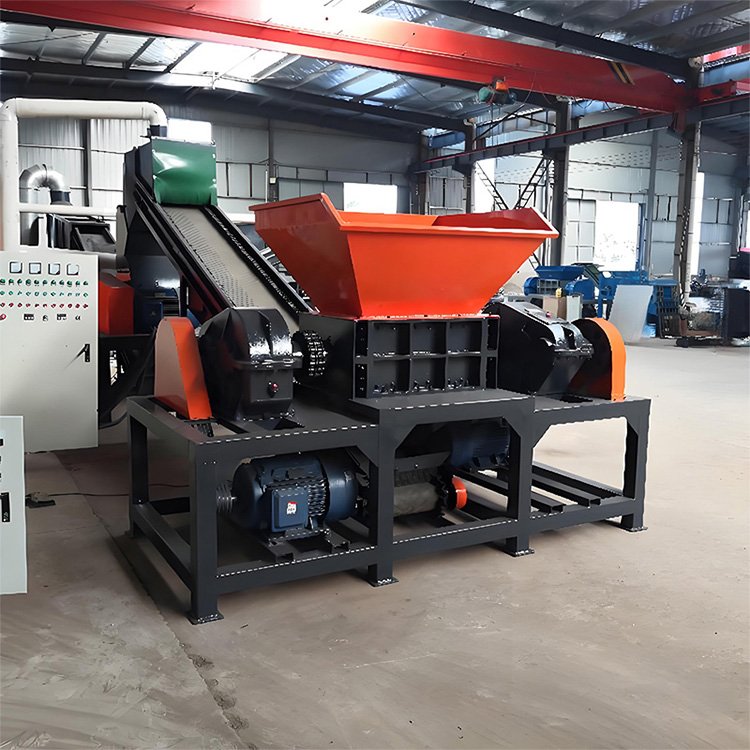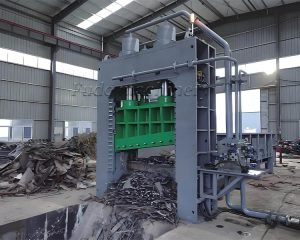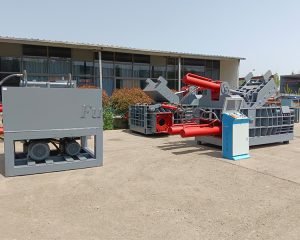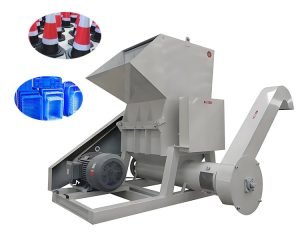At Fude Machinery, we talk to business owners every day. The most important question they ask is about choosing the right shredder. They want to know the difference between a single-shaft, dual-shaft, and four-shaft machine. But the real question is about money.
Choosing the wrong shredder is one of the most expensive mistakes you can make. It is not just about the initial price. It is about the hidden costs that come later. These costs include constant repairs, wasted energy, and a final product that no one wants to buy.
As a direct manufacturer, we have seen it all. We want to guide you through this choice. We will show you the real-world cost difference so you can protect your investment and build a profitable operation from day one.
This article will help you understand:
The Core Issue: What is the Real Cost of a Wrong Choice?
The biggest mistake is thinking the “cost” is just the price on the invoice. The true cost comes from a mismatch between the machine and your material. An overworked machine or an underutilized machine will both destroy your profits.
The real shredder operating costs come from inefficiency. For example, if you use a machine that is too weak, it will constantly jam. Your team will spend hours clearing it instead of producing. Your energy bills will be high because the motor is always struggling.
And your maintenance costs will skyrocket as blades chip and gearboxes fail. Choosing the right shredder is about matching the tool to the job to maximize your return on investment.
When is a Single-Shaft Shredder the Smart, Cost-Effective Choice?
A single-shaft shredder is a specialist. It is designed for one thing: producing a uniform, small particle size from light or soft materials. Think of it as a precision cutting tool.
It uses a high-speed rotor with sharp knives to slice material against a bed knife. A hydraulic ram pushes the material into the rotor, ensuring a consistent feed. A screen underneath the rotor decides the final output size.
The Costly Mistake: Buying a single-shaft shredder to process heavy scrap metal or mixed construction waste. This is a recipe for disaster. Hard, abrasive materials will immediately destroy the sharp, precise blades.
The machine will jam constantly because it is designed to cut, not tear. The repair costs for the rotor, blades, and gearbox will be enormous. You will spend more fixing it than it costs to run.
The Smart Savings: When used correctly for plastics, textiles, or paper, the single-shaft shredder is incredibly cost-effective. It uses less energy than a high-torque dual-shaft because its high-speed motor is efficient for slicing.
It produces a very valuable, uniform output that can be sold directly for recycling. You get a higher price for your material, making your operation more profitable. This is key for our customers in plastic film recycling.
Why is a Dual-Shaft Shredder a Powerhouse for Bulky Waste?
A dual-shaft shredder is your unstoppable workhorse. It is all about raw power and high torque. It uses two slow-spinning shafts with thick, hooking cutters that intermesh. It does not slice; it grabs and tears material apart with brute force.
It is the perfect machine for breaking down bulky items like car tires, wood pallets, steel drums, and mixed light scrap. It has no screen, so it is not designed for precise sizing. Its only job is to reduce volume and make things smaller.
The Costly Mistake: Buying a dual-shaft shredder when your business needs a small, uniform output. For example, if you want to sell plastic scrap to a pelletizer, they need small, consistent flakes.
The rough, random strips from a dual-shaft shredder are useless to them. You would have to buy a second machine, a granulator, to finish the job. You would have effectively paid for a shredder that does not produce a sellable product.
The Smart Savings: For volume reduction, a dual-shaft shredder is brilliant. It has a simpler design than a four-shaft, meaning a lower initial purchase price. With fewer complex parts and heavy-duty blades, its maintenance costs are generally lower.
It can handle a huge variety of materials without jamming, making it a very reliable machine for a general scrap yard. This is a core part of our waste management solutions.
Is a Four-Shaft Shredder Worth its Higher Initial Investment?
A four-shaft shredder is a hybrid problem-solver. It combines the tearing power of a dual-shaft with the sizing control of a single-shaft. It has two primary shafts for tearing and two secondary shafts for sizing, plus a screen underneath.
It can take tough, mixed materials and, in a single pass, shred them down to a uniform, controlled size. This makes it the ideal choice for difficult applications like e-waste, hazardous waste, or shredding mixed metals for better separation.
The Costly Mistake: Buying a four-shaft shredder for a simple job, like just reducing the bulk of wood pallets. A much cheaper dual-shaft shredder could do that perfectly well.
You would be spending tens of thousands of dollars extra on a complex machine you do not need. The maintenance costs for four shafts, extra cutters, and a screen system are naturally higher than for a simpler dual-shaft. It would be a huge over-investment.
The Smart Savings: The four-shaft shredder saves you money when your process is complex. For e-waste, it can shred everything to a 2-inch size in one step. This prepares the material perfectly for the magnets and eddy currents that come next. It saves you from needing a pre-shredder and a secondary shredder.
You save on capital cost, floor space, and energy. For secure data destruction, its ability to guarantee a small particle size is not just a benefit; it is a legal requirement. In these cases, it is the most cost-effective solution. That’s why we offer them as part of our custom shredding solutions.
2025 Trend: Modular Systems and ROI Calculation
The smartest trend we see is planning for modularity. Instead of buying one giant, complex machine, our clients are building systems in phases. They might start with a dual-shaft shredder for primary volume reduction. This provides an immediate ROI by cutting transport costs. Later, as their business grows, they add a conveyor and a magnetic separator.
Then, they might add a finishing granulator to create an even more valuable product. This approach allows your investment to grow with your revenue. We help our clients build this phased approach into their shredder ROI guide from day one.
Frequently Asked Questions
Question 1: In simple terms, what is the biggest cost difference in maintenance?
Single-shaft shredders have sharper blades that need more care but are great for clean materials. Dual-shaft shredders have tough, blunt cutters that last a long time but are not precise. Four-shaft shredders have the most cutters, so there is more to maintain, but they do two jobs at once.
Question 2: What is the most common and costly mistake you see customers make?
The most common mistake is buying a single-shaft shredder for abrasive material like sandy plastics or dirty wood. They are attracted by the promise of a small output size, but the sand and dirt act like sandpaper and destroy the machine in months.
Question 3: If my material is mixed, what should I choose?
If it is a mix of bulky items and you just need to reduce volume, start with a dual-shaft. If it is a tough mix and you need a specific small size out of it, the four-shaft is the correct, though more expensive, choice. The best way is to send us a sample so we can test it.
Summary and Recommendation
In the end, choosing the right shredder is a simple process of matching the machine to your material and your business goals. The cost of getting it wrong—in repairs, downtime, and lost revenue—is far greater than the price difference between the machines.
- Choose a single-shaft shredder for light materials when you need a consistent, small product.
- Choose a dual-shaft shredder for bulky items when you need raw power and volume reduction.
- Choose a four-shaft shredder for tough, mixed materials when you need a specific size in a single, reliable step.
Do not guess. Making the right choice is the first and most important step to a profitable recycling business. Talk to us. As the manufacturer, it is our job to know the answer. We will analyze your needs and help you select the machine that will make you money, not cost you money.
About Fude Machinery
We are Fude Machinery, a specialist manufacturer of shredder equipment based in Zhengzhou, China. We focus on B2B business, providing robust and reliable shredders for scrap metal, rubber, and mixed solid waste.
Our product lineup includes single-shaft, dual-shaft, and four-shaft shredders, as well as auxiliary equipment like conveyors and sorting systems.
We excel at designing and delivering complete processing lines. With facilities that meet the highest standards and products exported to over 120 countries, we are committed to ensuring our customers’ complete satisfaction.
 Fudemetal Crusher
Fudemetal Crusher
